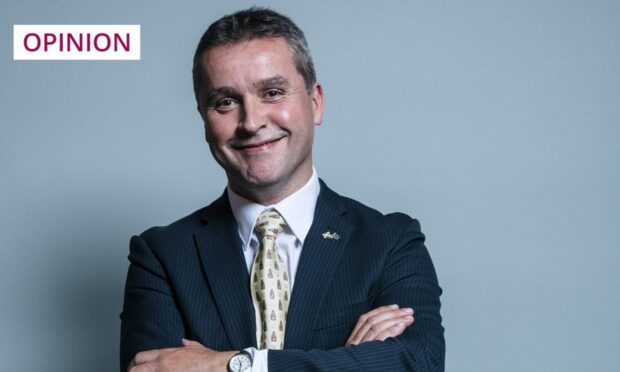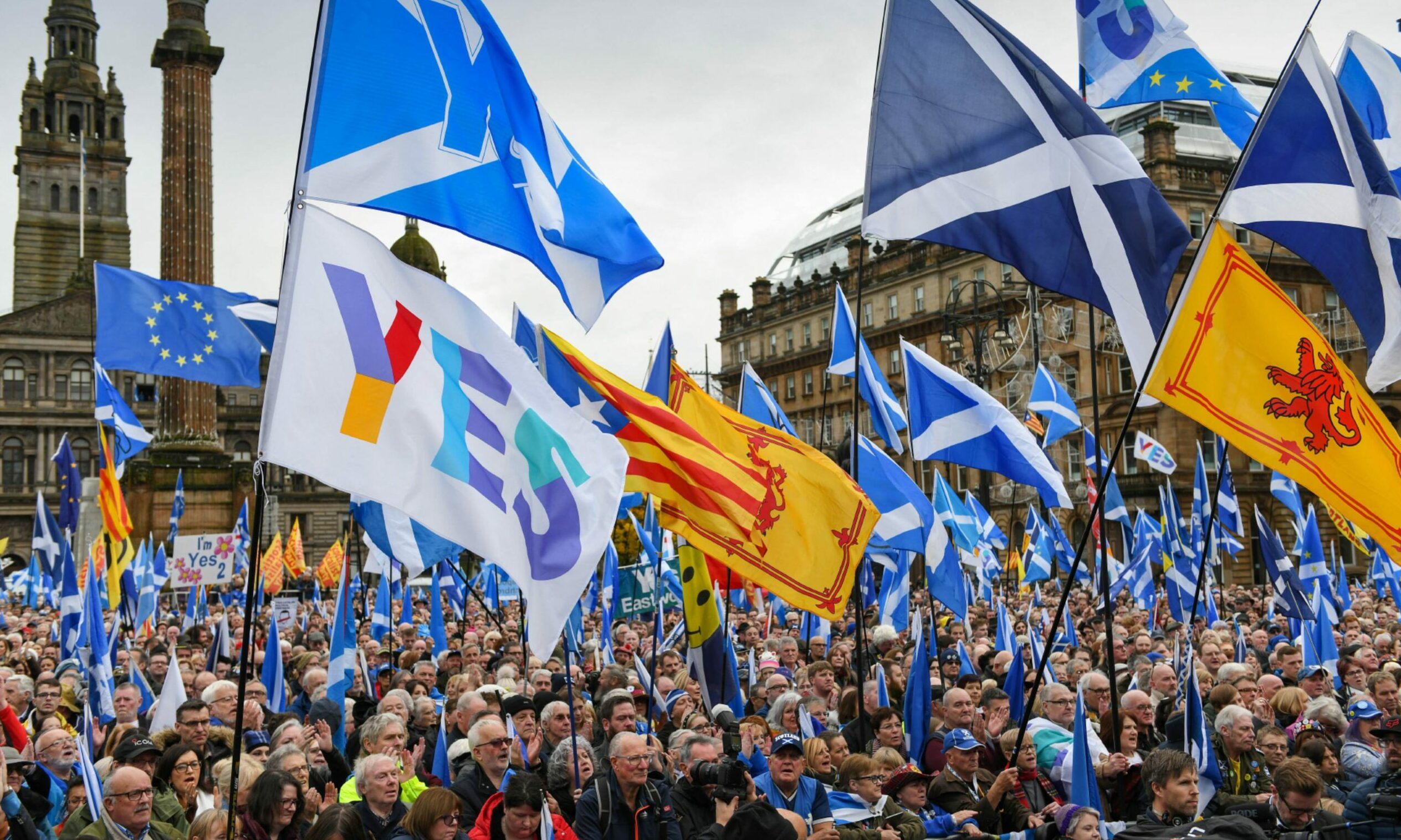Let me go out on a limb here: the SNP will survive the announcement from MP Angus MacNeil that he won’t rejoin the party’s Westminster group until he’s satisfied the party is fully committed to achieving independence.
MacNeil – suspended from the group for a week after a clash with chief whip Brendan O’Hara – has never, after all, distinguished himself as a parliamentarian. Rather, the MP for Na h-Eileanan an Iar is an idiot, cosseted from the consequences of his idiocy by his idiocy.
Like all true fools, MacNeil appears to lack any capacity for self-examination. Instead, he’s boorish, slow-witted and exhaustingly arrogant. But let us not linger on this MP’s flaws – I only, after all, have a certain amount of space – and, instead, pick at his argument.
In a letter to the SNP’s Westminster leader, Stephen Flynn, MacNeil, wrote that the party is a “brand name missing a key ingredient” and that “the urgency for independence is absent”. If he was satisfied by October that it was “clear the SNP are pursuing independence”, he might seek readmission to the Westminster group. If, however, the party could not meet his demands, well, it could wave goodbye to his talents.
This, I think, is an outcome the SNP leadership would shoulder bravely. So far as I am aware, party leader Humza Yousaf has not yet launched “operation: woo Angus”.

MacNeil is perfectly entitled to hold the view that the SNP has given up on independence, but I wonder what he and other nationalists impatient for progress think the party’s recent leaders could have done differently.
There is no secret formula – political, legal, or magical – that can give the Scottish Government the power to hold another independence referendum. While support for independence has remained below 50%, the UK Government has been entitled – and sensible – to refuse to run a second referendum. “You had one and you lost” remains a perfectly adequate response to SNP demands for another crack at it.
There is no real alternative strategy to the SNP’s
The leader of Alex Salmond’s vanity project, Alba, at Westminster, Neale Hanvey (elected as an SNP member in 2019) recently called for greater cooperation between pro-independence parties. It was time to come together and express different views about “progress to statehood”.
Hanvey’s offer – a far from subtle attempt to win over disaffected SNP voters during the worst crisis in the party’s history – is worthless. Hanvey wants to open up “cooperation” in order to take from the SNP. That’s perfectly smart politics, but that’s all it is.
Like MacNeil, Hanvey has no clear, workable – legally sound – alternative strategy to the SNP’s when it comes to winning the right to hold a second referendum.
It is, perhaps, time some in the Yes movement – the “we’re all Scandinavian” bloggers, the jumped-ship-to-Alba MPs, and that guy you know who just will not stop going on about 2014 and colonisers – checked in with reality.
The “Yes family” did not shift support for independence from below 30% in 2013 to 45% in the following year’s referendum, the SNP did.
What would jumping ship now achieve?
Many of the thousands who campaigned nine years ago will have romantic memories of the part they played in taking the Yes campaign to within touching distance of independence. The truth is that, though each did play their part, that part was largely that of photo fodder. The SNP required a demonstration that their cause was gaining support and everyone who turned to at a rally or speech delivered it.
That’s all they did. The Yes campaign’s clever stuff – along with its clangers – was created by the SNP. There was a reason the SNP’s former communications chief – recently hired as spokesman and special adviser by Yousaf – Kevin Pringle was installed in the Yes Scotland campaign offices during the latter stages of the campaign. The reason was that he knew what he was doing.
Support for independence rose. Not enough, but beyond expectations
The softly-softly approach, designed – and now disdained – by Alex Salmond, towards winning the support of No voters saw support for the SNP soar.
And, with that, so support for independence rose. Not enough, but beyond expectations.
The SNP is going through difficult times. The ongoing police investigation, which led to the arrests of Nicola Sturgeon, her husband and former SNP chief executive Peter Murrell, and ex-party treasurer Colin Beattie MSP, looms over everything.
Right now, those SNP supporters tempted to jump ship should ask themselves whether weakening the intellectual and campaigning powerhouse of their movement is in their best interests.
Euan McColm is a regular columnist for various Scottish newspapers

